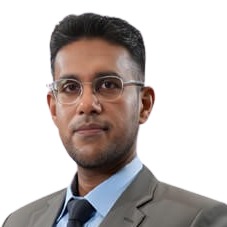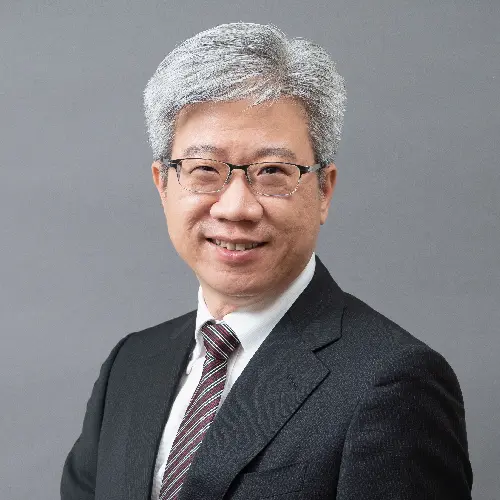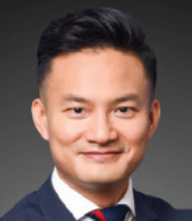Case Review
Despite advancements in supportive therapies for chronic obstructive pulmonary disease (COPD), many patients continue to suffer from persistent breathlessness, often due to progressive lung hyperinflation. Management traditionally focused on symptom control, with long-term oxygen therapy (LTOT) introduced in advanced or palliative stages.
Laryngeal cancer is one of the most common types of head and neck cancers worldwide, with 5-year survival rates as high as 80%-90% for patients with early-stage tumors (i.e., stage I or II), and decrease sharply to 40% among those at advanced stage. Multimodal therapy combining surgery, radiotherapy and/or chemotherapy is often necessary for patients with advanced disease (i.e., stage III or IV). Certain patients such as the elderly may not be able to tolerate standard therapy well. However, these patients may need palliative treatment, which aims to improve their quality of life (QoL) and provide symptom relief. In this interview with Omnihealth Practice, Dr. Choy, Tim-Shing discussed the use of palliative radiotherapy among elderly patients with advanced laryngeal cancer and shared a clinical case todemonstrate its real-world applications.
Orbital fractures are amongst the commonest form of facial trauma and often require orbital reconstruction for proper management. However, the operation remains challenging as the procedure not only requires surgeons to possess profound anatomical knowledge and detailed preoperative planning, but also prudent judgement during the surgery to avoid compromising the visual function and facial appearance. With the advancement of computer-assisted technologies, many of these surgical challenges can now be handled. In a recent interview with Omnihealth Practice, Dr. Chong, Kam-Lung Kelvin introduced an innovative approach on the orbital reconstruction utilizing a combination of 3-dimensional (3D) printing and semi-automatic computerized segmentation process that can save valuable surgical time and effort in implant shaping and fitting during orbital fracture repair. (Information supplemented by Dr. Chin, Kar-Yee Joyce)
Trending Posts







